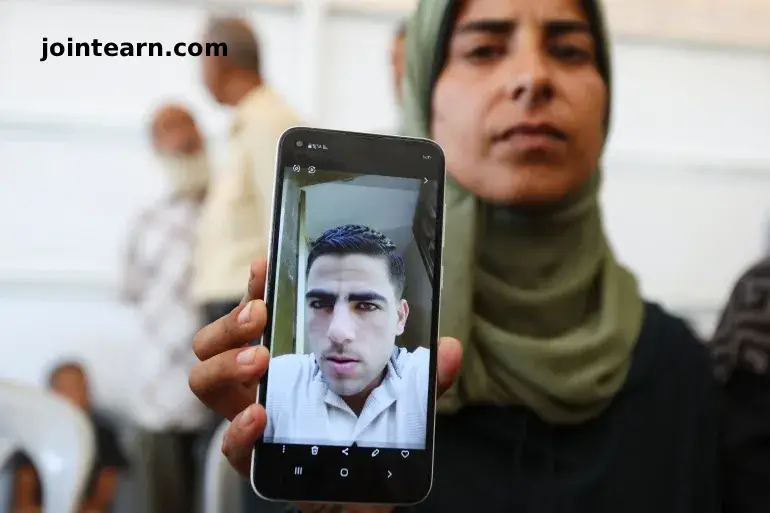
Recent reports and testimonies from released Palestinian detainees, along with the examination of bodies returned by Israel, have highlighted widespread allegations of torture, abuse, and possible executions of Palestinian prisoners in Israeli custody.
Deadly Toll and Unidentified Bodies
Israel recently returned the bodies of over 100 Palestinians to Gaza. Many remain unidentified, as they were labeled with numbers instead of names. Families have been desperately reviewing photos to identify their loved ones.
Medical and forensic teams reported that some bodies displayed signs of physical abuse, including missing limbs, burned skin, and other severe injuries. Many bodies were blindfolded, handcuffed, and restrained, leading Palestinian officials to claim that these detainees were tortured and executed rather than dying naturally.
Dr. Munir al-Bursh, director-general of Gaza’s Health Ministry, stated on social media:
“Crimes that cannot be hidden… The bodies of Gaza’s prisoners were returned blindfolded, bound like animals, bearing signs of severe torture and burning.”
Testimonies From Released Prisoners
Nearly 2,000 Palestinian prisoners were released under a Gaza ceasefire agreement, with many recounting brutal treatment during their detention:
- Mahmoud Abu Foul, 28, lost his eyesight after being beaten unconscious for hours.
- Kamal Abu Shanab was emaciated, dropping from 127 kg to 68 kg during imprisonment.
- Salem Eid reported severe injuries that prevent him from lying down, forcing him to sleep sitting up.
Released detainees described physical, sexual, and psychological torture, including threats of harm to family members and deliberate misinformation about their deaths.
Patterns of Abuse in Israeli Prisons
Israeli human rights organizations have long documented systematic abuses in detention facilities. According to B’Tselem, Israel’s prison system functions as a “network of torture camps” featuring:
- Severe physical violence and beatings
- Sexual assault and rape
- Denial of food and medical care
- Sleep deprivation and unsanitary conditions
- Humiliation, degradation, and restrictions on religious practice
One high-profile case involved the gang rape of a Palestinian prisoner at Sde Teiman prison last year, corroborated by video evidence.
The Case of Marwan Barghouti
Marwan Barghouti, a leading Palestinian political figure serving multiple life sentences in Israel, remains a focal point of alleged mistreatment. Barghouti, often compared to Nelson Mandela for his leadership, reportedly suffered severe beatings in prison, including broken ribs.
Far-right Israeli Minister Itamar Ben-Gvir, who oversees the prison system, has publicly threatened and intimidated Barghouti, even displaying an electric chair in prison footage.
International and Legal Context
Since October 2023, at least 75 Palestinian detainees have died in Israeli prisons. Despite these reports, Israel has denied systematic abuse and has rarely pursued accountability for alleged torturers.
Organizations such as Physicians for Human Rights – Israel have documented hundreds of cases of torture, deaths, and denial of medical treatment. The International Committee of the Red Cross (ICRC) has focused on the dignified transfer of remains, but has not publicly commented on the abuse allegations.
Broader Implications
These accounts reveal a pattern of systematic abuse, including physical, psychological, and sexual torture in Israeli detention centers. Families of detainees face uncertainty and trauma, while released prisoners often require urgent medical and psychological care.
Experts emphasize the need for:
- Independent investigations into torture claims
- Accountability for perpetrators
- International pressure to ensure the rights of Palestinian prisoners
Leave a Reply